Opinions on Google Glass Enterprise Edition 2
Following the mixed success of the initial version of Google Glass, Google is once again focusing on professionals with a new iteration of its augmented reality glasses. The Google Glass Enterprise Edition 2 (Glass EE2) takes up the torch... By largely basing itself on the achievements of its predecessors. Deciphering by Charles, one of Immersion's experts.
The promise
In line with the rest of the Google Glass range, the EE2 is designed to be as light as possible. The main device, similar to a large eyeglass arm, weighs in at a featherweight 46 grams. This arm is attached to one of the two pairs of glasses supplied and has a single transparent screen that comes in front of the right eye.
The result is a monocular display with an increased screen when the user looks up. The aim is not to add holograms or virtual content to the environment in the manner of the Microsofot Hololens 2. Instead, the emphasis is on mobility and discretion: taking photos/videos on the fly, accessing a file or the Internet, or video-conferencing without being disturbed in your work. One of Google's stated objectives is to increase efficiency without being intrusive.
What's new in Google Glass
To meet this challenge, the Glass EE2 has several new features on the hardware side. In particular, the CPU has been replaced by a Qualcomm Snapdragon XR1 chip to improve the performance of the device. The RAM has been increased to 3GB instead of 2. The memory space remains the same as for the EE1 (32GB), but the camera has been improved to support 1080p at 30 fps. Finally, a USB-C port speeds up the charging of the glasses.
On the software side, the Glass EE2 runs on Android 8.1 (Oreo, API 27). No need for a dedicated SDK! To facilitate the development of new applications, the company has also put the code for several demo apps online. This is a welcome initiative that allows you to quickly test features such as voice commands or video-conferencing via Web-RTC, provided you have a version of Android Studio at hand.
Significant limitations
The strength of Google Glass EE2 is its greatest weakness: it is light, relatively discreet but offers a limited range of functions. The monocular display does not allow you to benefit from stereo and can quickly create visual fatigue, especially for non-experts. The very small size of the augmented display does not make things any easier.
Moreover, interaction with the system is quickly laborious. Using the touchpad on the arm of the glasses is quickly limited to navigating between a few windows. The voice commands are certainly useful, but struggle to compensate for the lack of interaction. As Charles, our expert in Human-Computer Interaction, comments: "We are very far from the visual rendering of an XR-3 and the gesture interaction techniques of a Hololens 2!"
First assessment : what uses for Glass EE2?
Of course, the comparison with these two Mixed Reality headsets is unbalanced and the Glass EE2 have a very different positioning. However, even in their own category, it is clear that these glasses give a mixed first impression.
At this price (around 1000 euros), the comparison with AR glasses like the Epson Moverio BT-300 (released in 2016) leaves one wondering. The Epson didn't have the same computing power or the same discretion, admittedly. But for a similar (or even lower) price, the Epson offered a surprisingly good stereo display, a decent-sized field of view (and much larger than the EE2s) allowing virtual objects to be displayed in the environment, interaction via an external touchpad that was bulkier but also (in our opinion) more comfortable to use... The icing on the cake: the BT-300s also ran Android!
Recommendations from our expert
In the end, Charles believes that Google Glass EE2 may be of interest to you if:
- You are looking for a device that is as discreet (one big pair of glasses, no cable), lightweight and non-intrusive as possible;
- You have simple use cases, such as taking photos/videos on the fly or sharing your camera;
- You prefer an Android environment.
Want our experts to decipher a particular product? Tell us your ideas.
And to learn more about Mixed Reality and Remote Assistance, download the free white paper written by our expert on this subject.

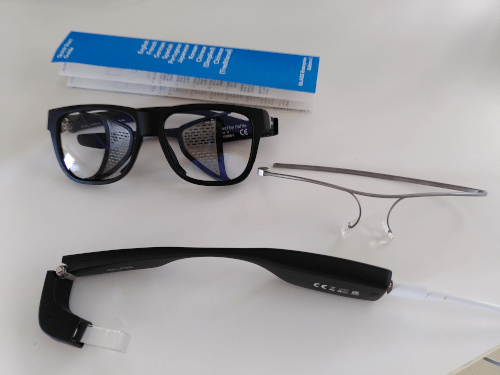
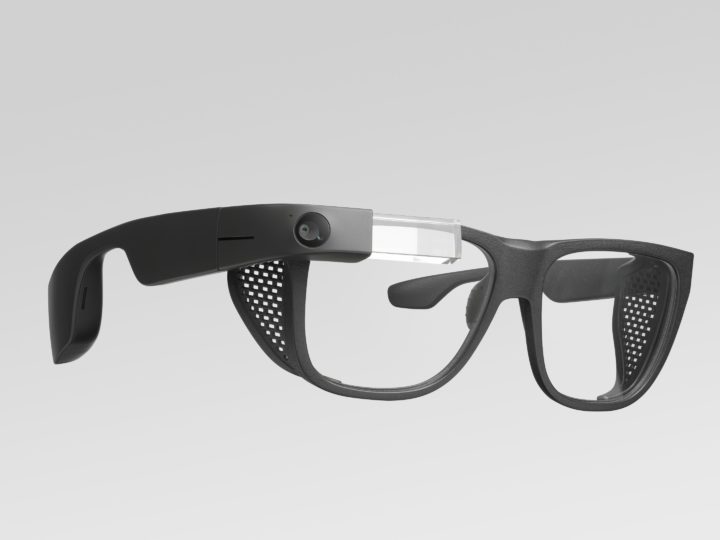
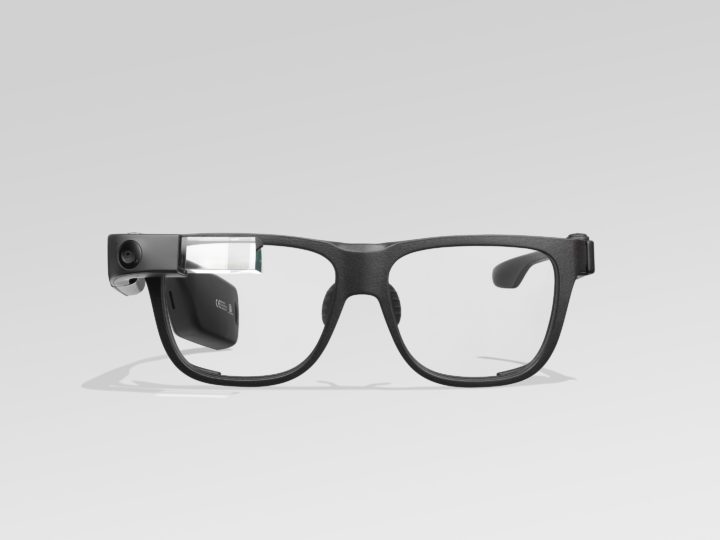
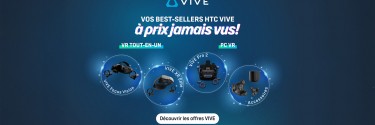
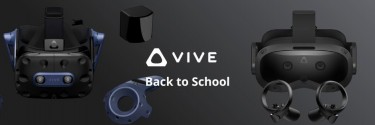
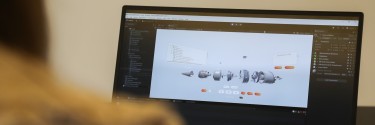
0 comment(s)